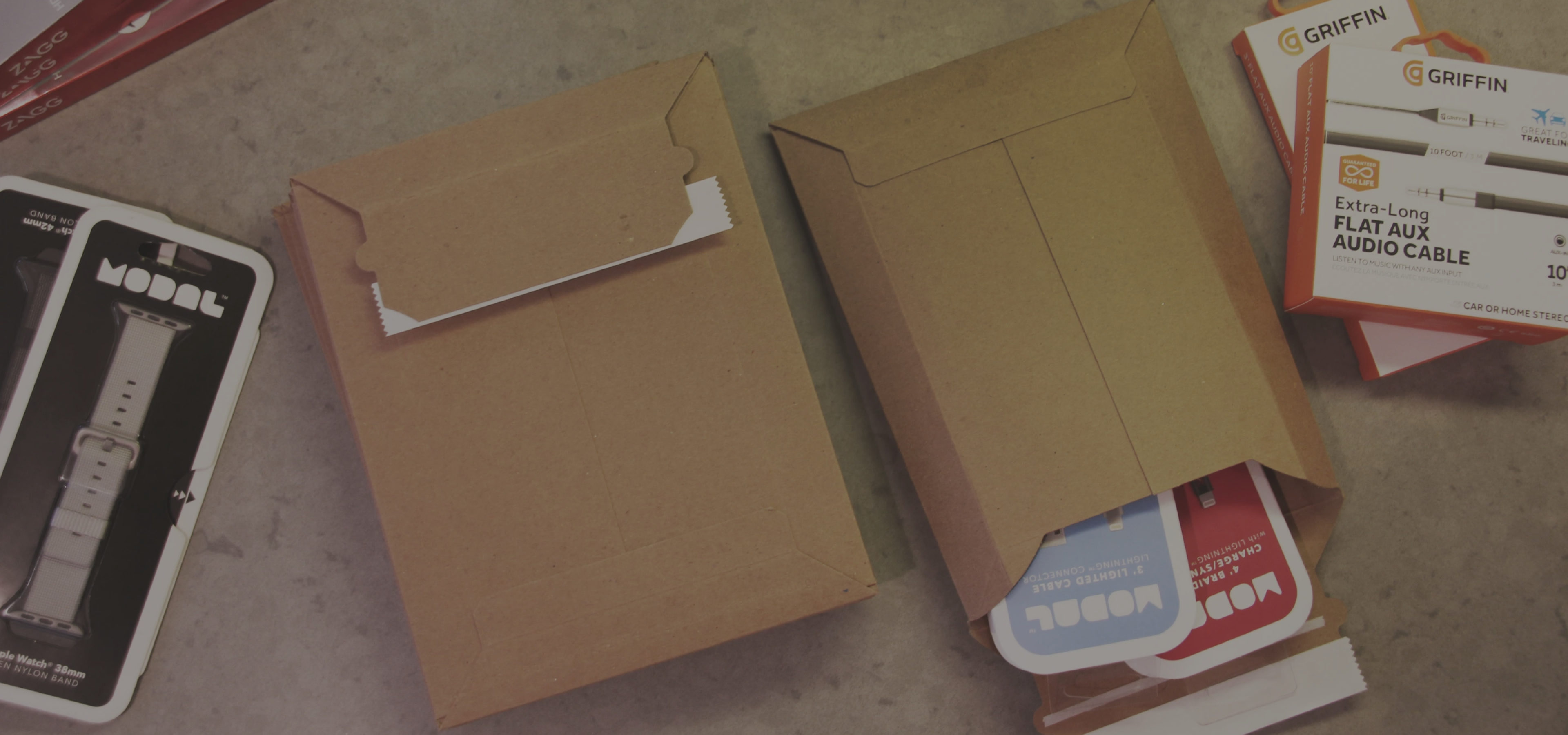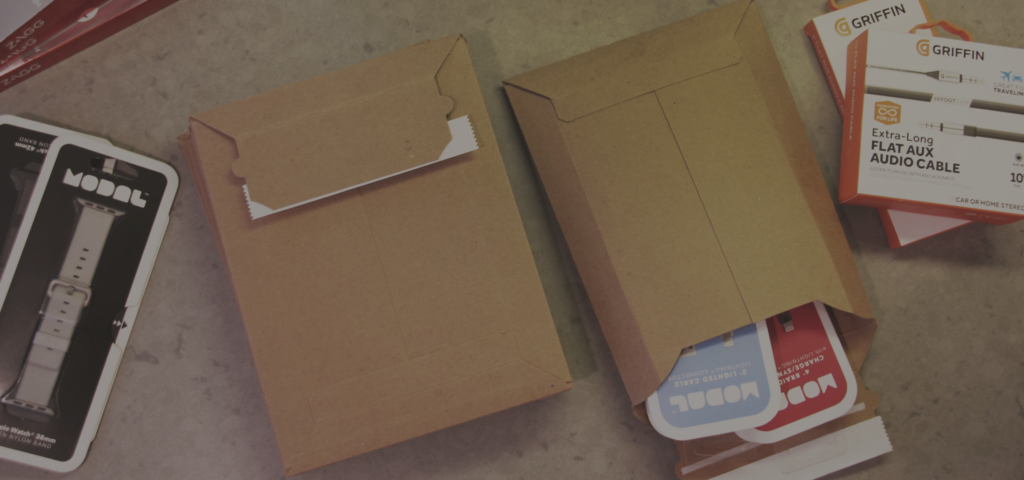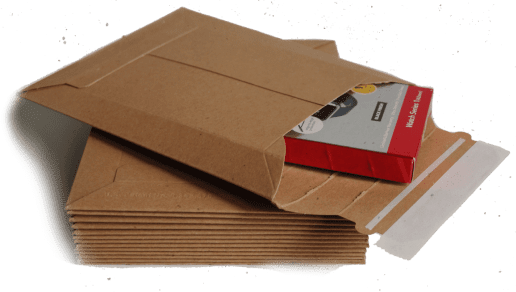Postage fees can quickly add up, especially if you are a medium to high volume shipper of small, lightweight parcels.. However, many businesses are unaware of the various cost-saving options that USPS provides. By taking advantage of these strategies, you can significantly reduce your postage expenses and improve profitability.
If you’re looking to cut down on your postage costs, it’s essential to familiarize yourself with the money-saving techniques offered by USPS. From choosing the right mailing options to utilizing discounts and promotions, there are several ways to save on postage expenses. This guide explores the most effective strategies to help you save money when using USPS services.
The Top 5 Ways to Save Money on Postage
It’s been over a decade since the U.S. Postal Service changed its price structure to shape-based pricing. That doesn’t mean that the USPS has gotten better at explaining its not-so-new rate system to customers. Their website provides postage rates, but won’t provide guidance to develop postage-efficient packaging strategies. Once you understand the basics below, you can make better money-saving choices.
1. Weight a minute.
Prior to 2007, weight was the only thing that mattered when it came to how much you paid. Not anymore. Weight is still a factor, but dimensions, thickness and flexibility are now as important, if not more so.
So, to save on postage, try to use the thinnest and smallest packaging you can safely fit your items into. You can find the best size mailer for your package in our inventory here, to help you optimize your shipping costs.
2. Know Your Categories
First-class mail falls into three categories*: “Letter”, “Flat” and “Parcel” (from cheapest to most expensive). The cheat sheet below nails down the specifics of each mail category, which will put you way ahead of the game. Pay particular attention to thickness requirements.
Letter
6.125 ” x 11.5″ max; .25″ max thickness; 3.5 oz. max. Must meet flexibility standards (see below). Price starts at $.44.
Flat/Large Envelope
12″ x 15″ max; .75″ max thickness; 13 oz. max. Must meet flexibility standards. Price starts at $.88.
Parcel/Package
12″ x 12″ x 12″ max. Price starts at $1.71. A large package exceeding these dimensions costs even more.
*The postal industry terms for the three categories are letter/flat/parcel. However, the USPS has decided to change these names on their website to letter/large envelope/package. Same thing.
If you can fit your items in a letter-sized mailer, use a letter as opposed to a large envelope. The most critical aspect is not putting the items you are shipping in a box that’s too large.
3. Be Flexible.
Place your mailer halfway off a table’s edge. Lean on the part hanging off the table. Does it give easily? If there’s a solid object inside, your package automatically won’t pass.
But let’s say you’ve got two soft-covered books. If you package them side by side in a mailer instead of stacking them, does your package flex? Your mailer just moved from the “Parcel” to the “Flat” category. Postage savings? $.83.
4. Think Backwards
Design your mailing to meet the above specifications. I once received a 9.5″ x 7″ cocktail party invitation from a non-profit (which makes it a “Flat”). Had the designer created a 6×9 invitation or one that could have folded in half, it would have been a “Letter”. Postage savings? $.44 per invitation.
- Thickness and weight considerations should influence your page count and your paper stock weight to avoid disqualifying for the “Letter” category.
- Adding a small solid object like a pen to your mailing not only flunks the flex test, but it also makes it a “Parcel”, increasing postage by more than $1.37!
5. Select your envelope or package to meet above specifications.
Again, weight should not be your top consideration. Thickness and flexibility should be the most important.
- Don’t add thickness to your mailer unless absolutely necessary (i.e., bubble mailers add thickness).
- Don’t choose a rigid, corrugate-like material unless absolutely necessary (i.e., a small box is always a “Parcel” because it won’t flex).
- Don’t choose a grossly oversized envelope or polybag because the thickness differential throughout the package may be too great to qualify as a “Flat”.
Ready to Reduce Your Postage Costs?
For high quality, durable mailers engineered to save money with the U.S. Postal service shape based pricing structure, Best Mailer has you covered.












